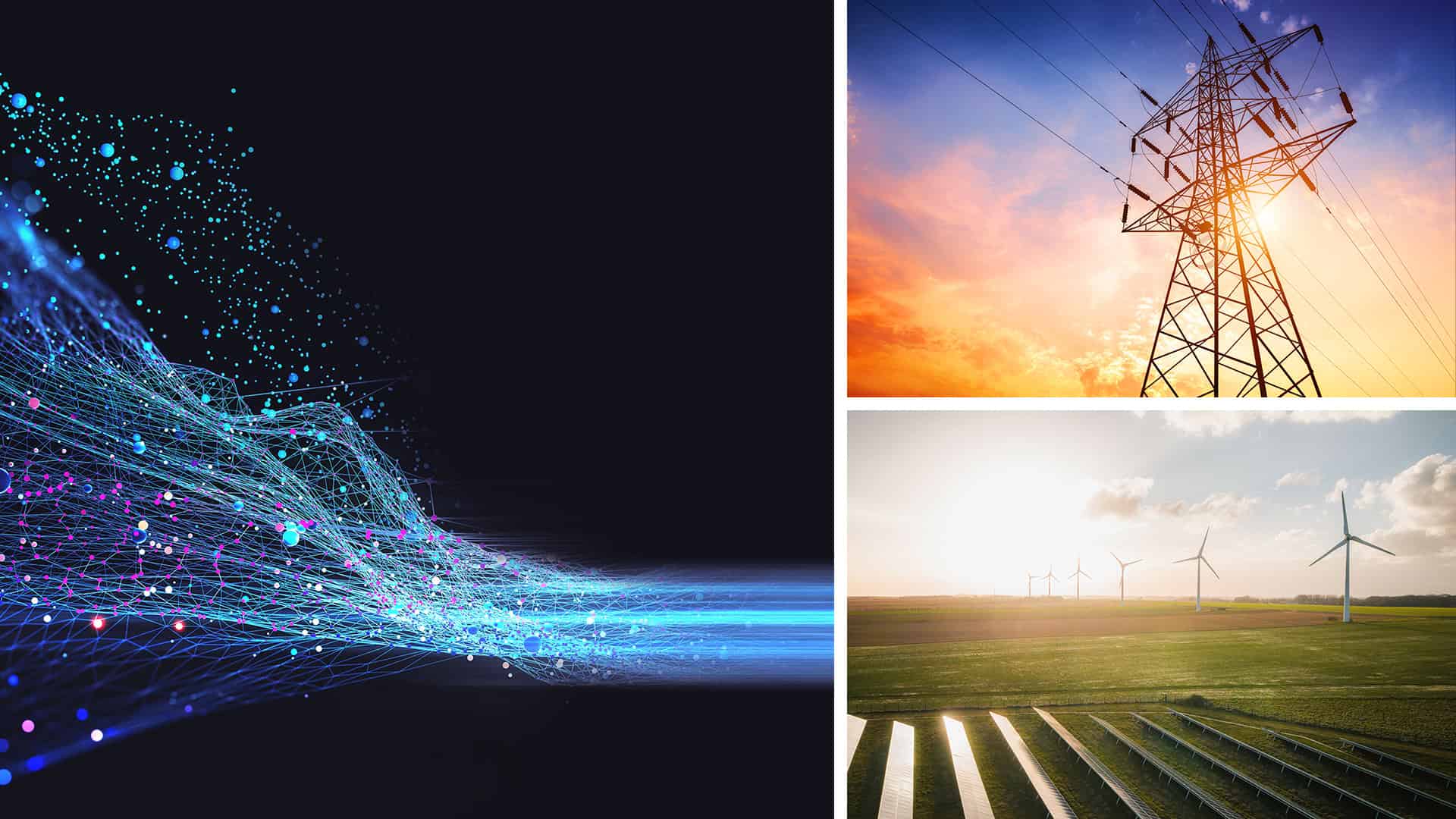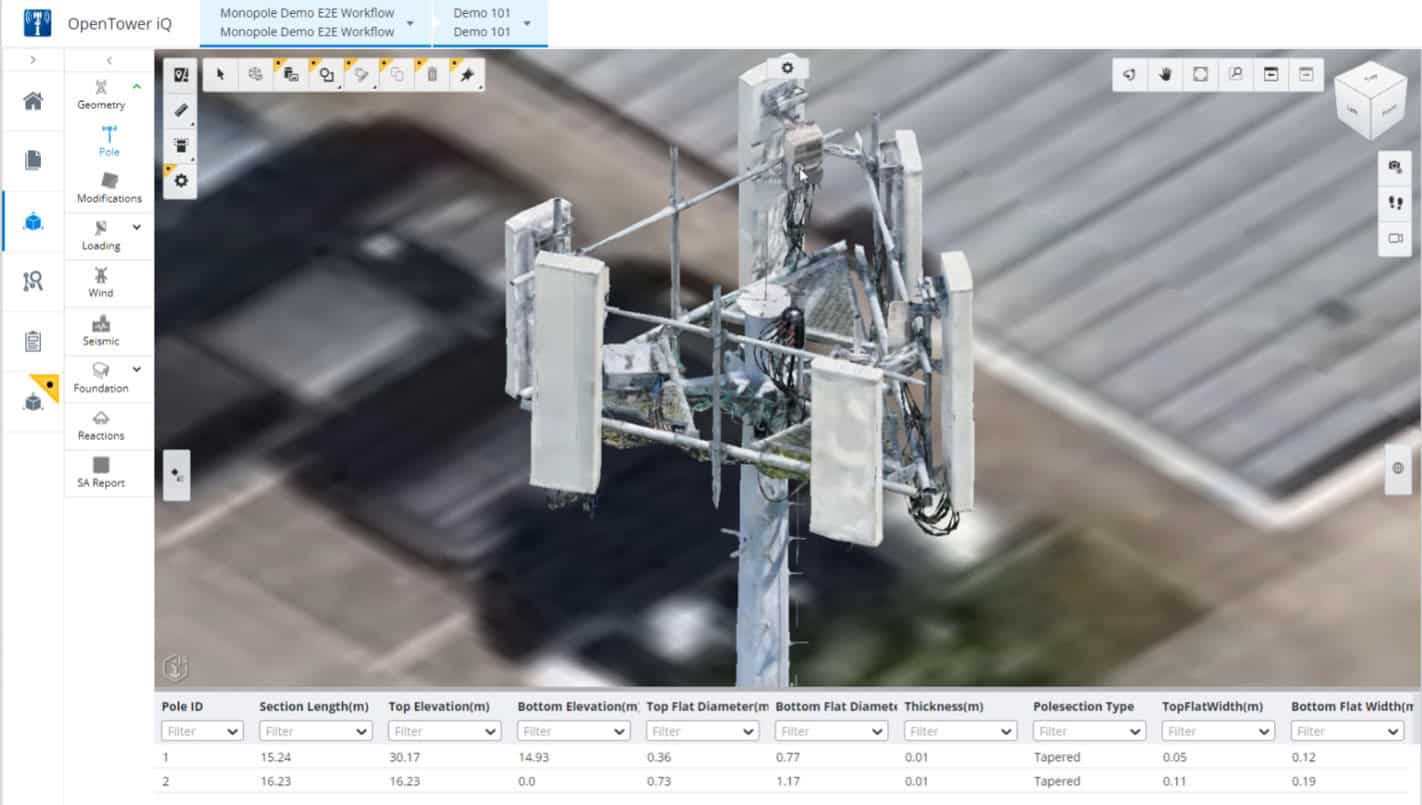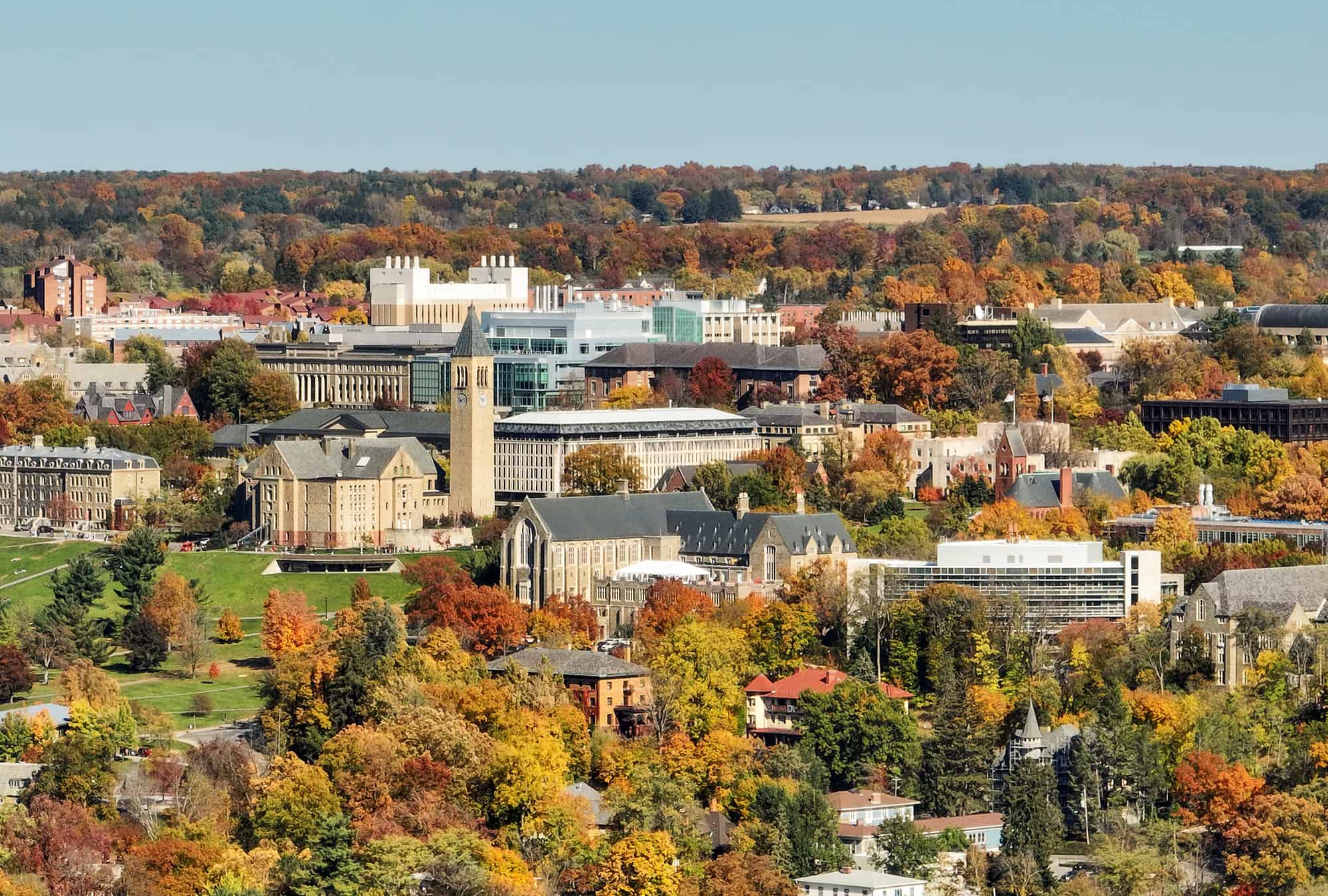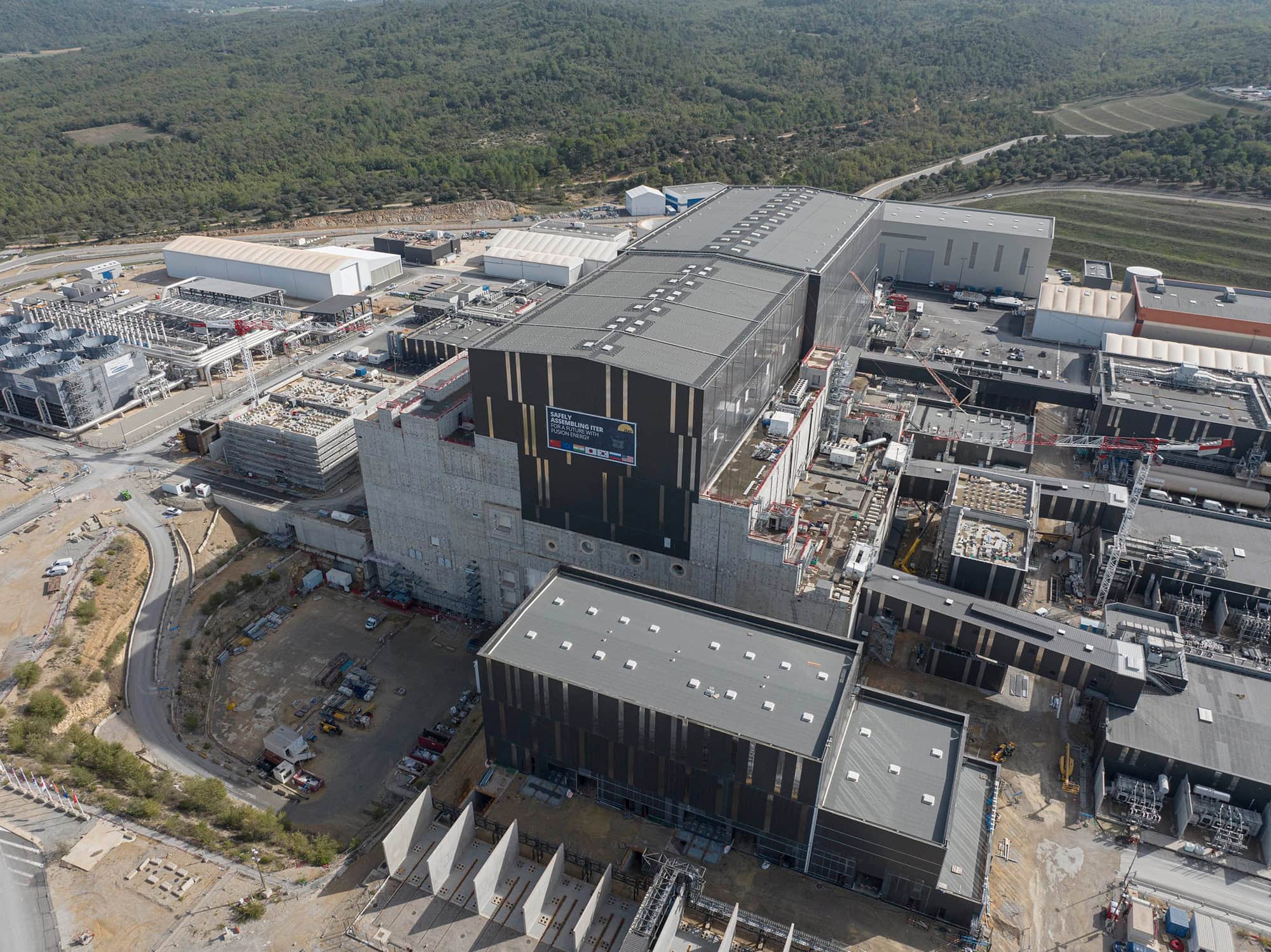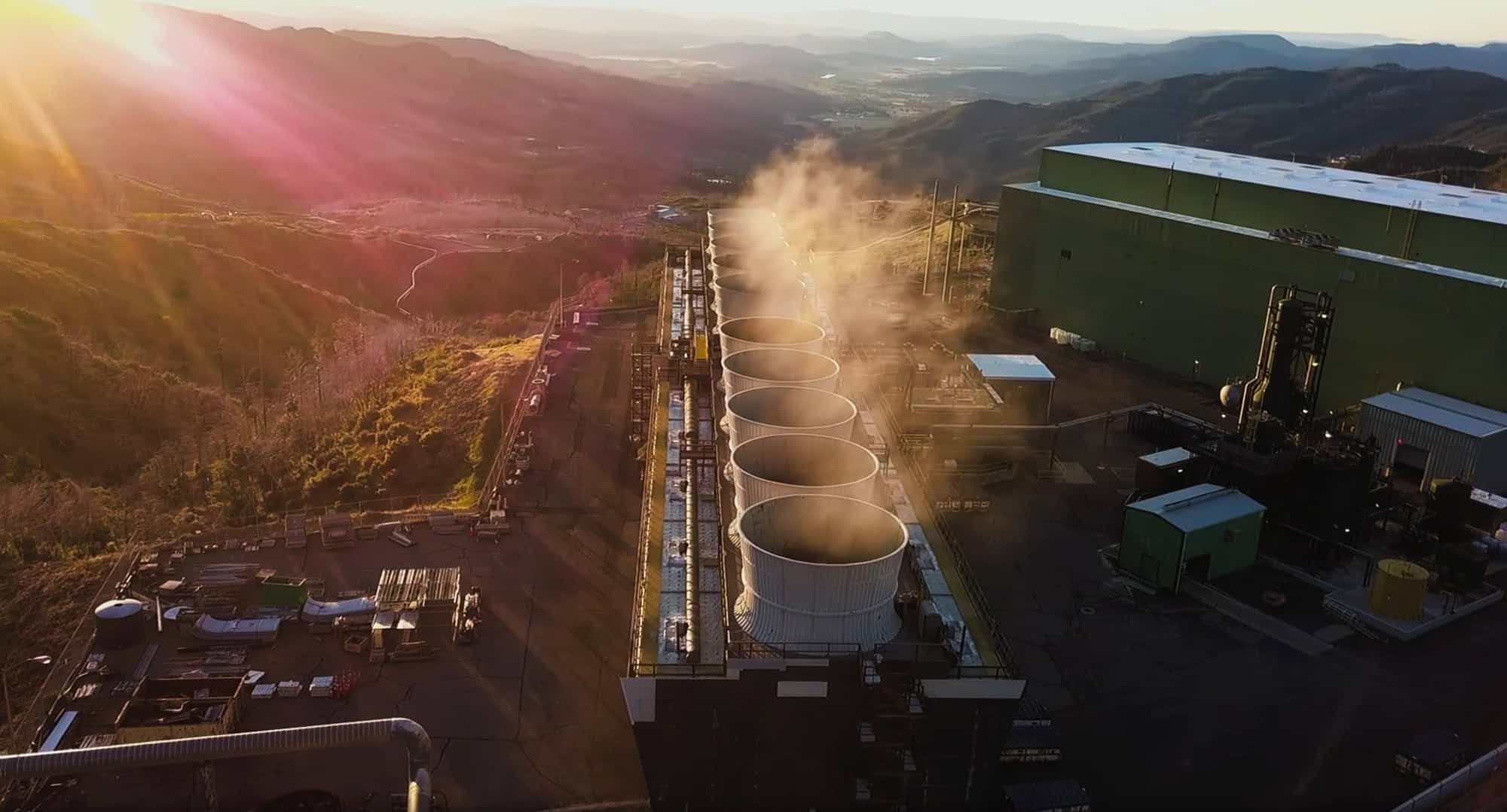A major economic shift is underway: the rise of artificial intelligence. From tools like ChatGPT to AI-driven infrastructure maintenance, the rapid adoption of AI is poised to reshape how we work and how society operates. Although we’re still in the early days, the AI race has already ignited a surge in demand for both digital and physical infrastructure—especially in the energy sector, where data centers require enormous power.
But this boom is also creating unprecedented challenges. Moody’s estimates that global data center capacity will double over the next five years. Despite this exponential growth, demand continues to outpace the world’s ability to build new data centers. McKinsey warned of a “potential for a significant supply deficit” by 2030, exacerbated by AI-ready data centers’ “especially demanding” power density—the amount of electricity consumed per square foot. Their midrange scenario expects global demand to more than triple to 219 GW, roughly equivalent to adding 160 average nuclear power plants to the grid by the end of the decade.
Balancing the AI boom and energy supply in a sustainable way, and how AI can help solve that equation, was also the topic of the most recent TwinTalks. The global forum for infrastructure best practice is hosted by Bentley Systems, the infrastructure engineering software company, and industry partners, including Sidewalk Infrastructure Partners (SIP) and Tech for Climate Action. In late April, the event stopped in Washington, D.C., during DC Climate Week to discuss “AI and Energy Infrastructure: Unlocking Its Potential Through Data.”
Executives, civil engineers, politicians, lawmakers, investors, and other thought leaders and decision-makers packed a room at the Martin Luther King Jr. Library for a discussion moderated by David Gilford, head of policy at SIP, the tech-focused infrastructure firm spun out of Alphabet. In an interactive panel, participants heard from Michelle Patron, general manager of sustainability policy at Microsoft; Jeff Bladen, head of energy at Verrus, the next-generation data center builder backed by SIP; and Katie Ott, vice president for sustainability and climate strategy at Constellation, the largest producer of clean energy in the U.S.
Taking place a short drive from the world’s largest concentration of data centers in Northern Virginia, the panel discussed the latest developments and innovations in AI and energy, including data center design, the chips they use, and the smart grid. The speakers also brought up emerging technologies that may provide solutions currently unavailable, such as nuclear fusion and quantum computing. For example, Commonwealth Fusion Systems is moving ahead to build the first commercial fusion reactor in Virginia, and Microsoft and Amazon unveiled their quantum chips this spring. (Bentley Chief Sustainability Officer Chris Bradshaw discussed the intersection of AI and infrastructure in a separate session.)
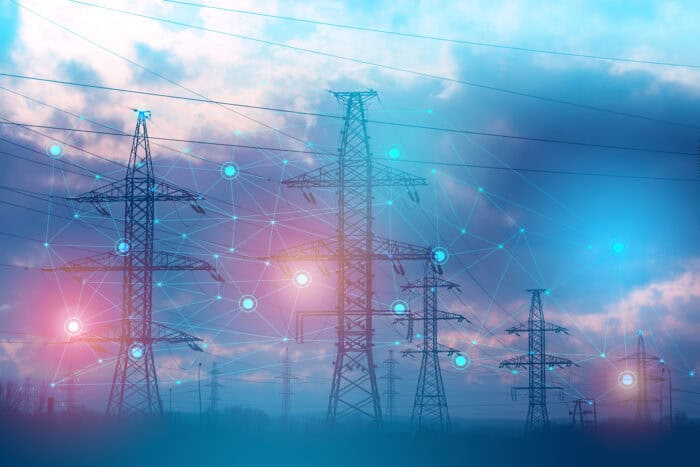
The panel agreed that there is significant slack in the system, outside of peak hours and specific geographic constraints, that could be more efficiently used to support increased energy needs and make the most of today’s power grid.
Constellation’s Ott encouraged the audience to get the most from the energy system already in place. Microsoft’s Patron brought up the need for maximizing energy efficiency to meet the energy demand, including using AI to distribute loads on the grid and find unused capacity on transmission and distribution lines.
Verrus’ Bladen talked about the importance of building flexible data centers that contribute to the grid’s reliability and efficiency, referencing new research from the Nicholas Institute at Duke University that found “nearly 100 GW of large new loads could be integrated with minimal impact, supporting economic growth while maintaining grid reliability and affordability.”
The panelists stressed that the AI revolution must be sustainable. Bladen highlighted the opportunity for large-scale batteries to store power, supporting grid reliability while reducing the industry’s reliance on diesel generators. Microsoft is increasing its use of renewable energy, building with “green” steel and concrete, and reusing or recycling 90% of its data center equipment. “Ott explored how existing nuclear facilities could be expanded to meet demand as well as greenfield investments in Small Modular Reactors (SMRs). They are smaller than traditional nuclear power plants, can be built faster, and deliver reliable, carbon-free electricity.
Summarizing the event, Rory Linehan, Bentley’s director for infrastructure policy advancement, said that “nobody quite knows” yet what the future for AI and energy will hold. “The demand of AI and cloud computing, building electrification, air conditioning, and EV update will determine what energy demand looks like over the next five years, and what infrastructure we need,” he said. “But it’s clear that there is going to be pressure put on our sustainable energy sources as we’re looking to the future.”
AI, which is causing that pressure, could also be part of the answer. Eric Schmidt, the former CEO of Google, told Congress earlier in April that the relationship between AI and energy was “profoundly synergistic.” He told lawmakers that “AI itself offers the keys to unlocking a modernized, efficient, and secure energy future. AI can optimize grid operations, predict failures, enhance resilience against disruptions, both physical and cyber, and accelerate the development of next-generation energy sources. This synergy is a critical strategic advantage if we choose to seize it.”
The optimism was certainly shared by our Twin Talks panelists. While the proliferation of AI will cause significant challenges in meeting energy demand, it also promises to unlock a productivity revolution, improving lives for communities across the U.S. and the globe.
The team behind TwinTalks will be in New York City on May 22. Join them at the Transforming Infrastructure Performance Summit. You can sign up here.
Tomas Kellner is Bentley’s chief storyteller. An engineer by training who spent his career in journalism and media, he writes about the intersection of AI, digital twins, and the future of infrastructure.

